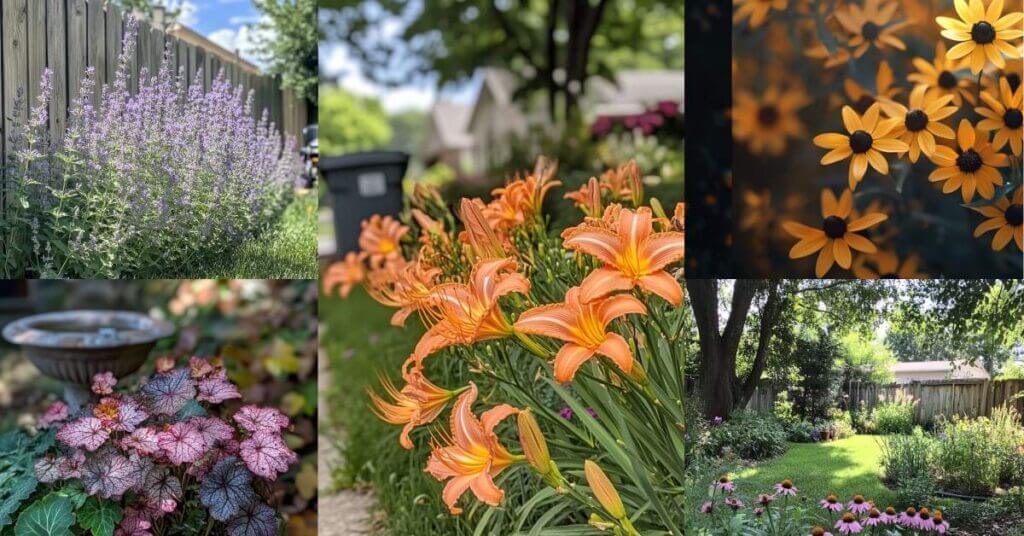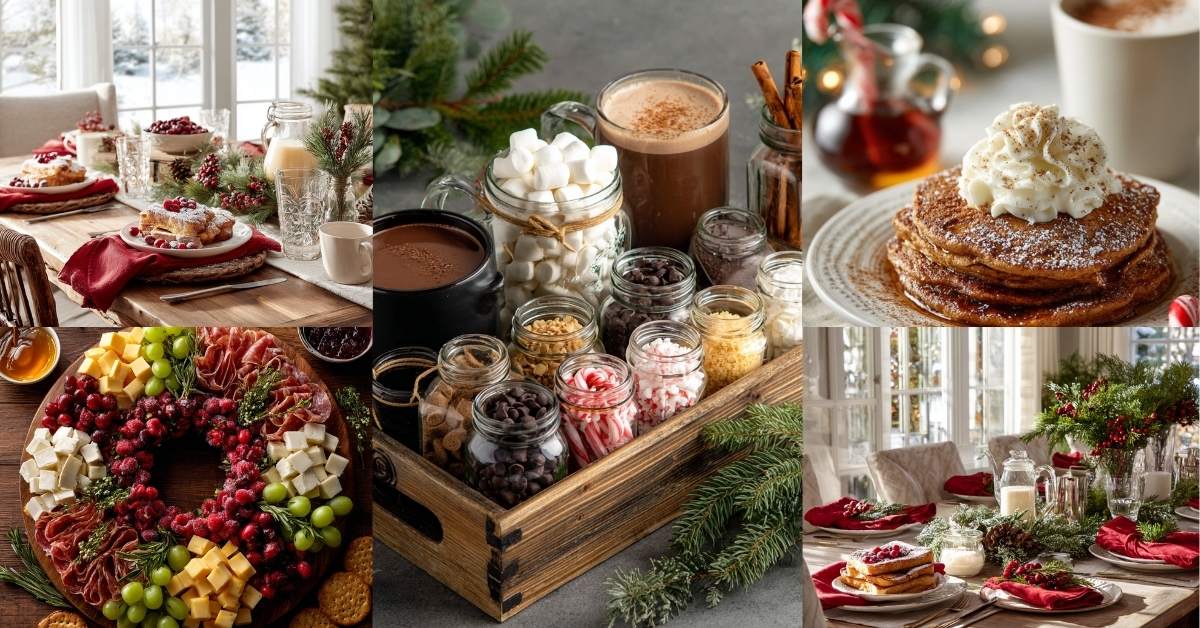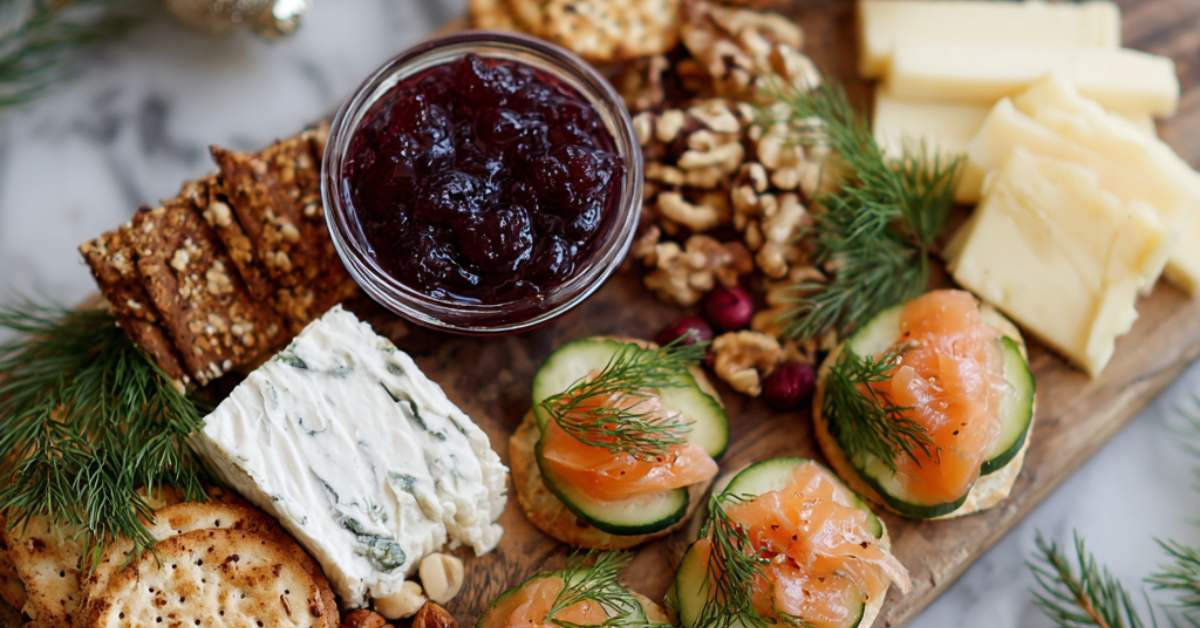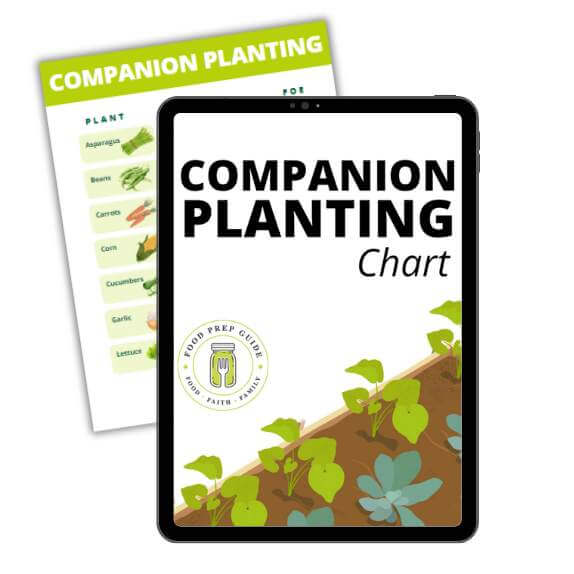Ever spent a Saturday on your hands and knees, grumbling at weeds that somehow returned just days after your last backbreaking session?
Or mourned the crispy remains of plants that couldn’t survive your weekend getaway?
Those dream gardens we see in magazines seem to require a full-time horticulturist and an irrigation system with its own ZIP code.
But here’s the secret the garden centers don’t advertise:
Some plants actually thrive on neglect.
They’re perfect for busy homeowners, casual gardeners, or anyone who’d rather spend weekends enjoying their outdoor space instead of endlessly maintaining it.
Here are 10 stunning perennial flowers that don’t need a babysitter.
1. Black-eyed Susans: The Sunshine That Waters Itself
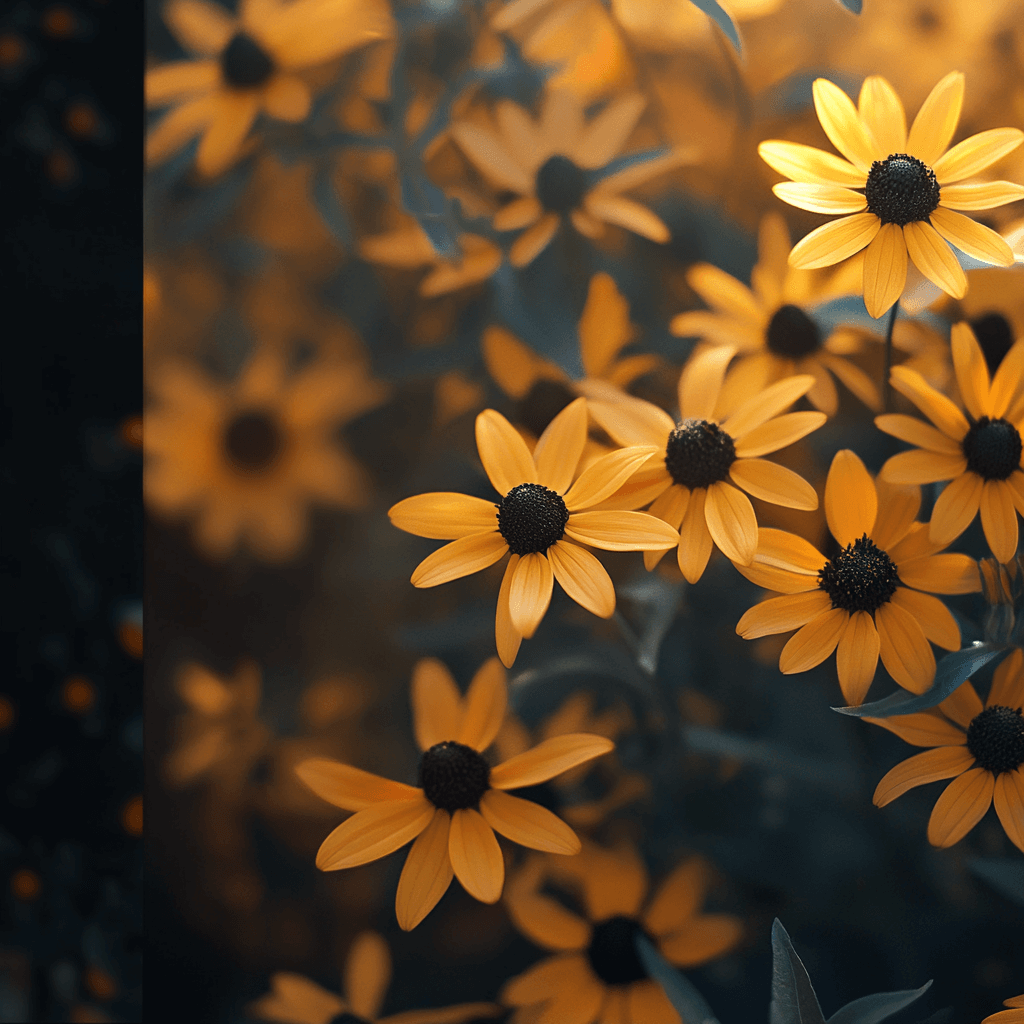
These cheerful yellow flowers are basically the garden equivalent of that friend who brings snacks to every gathering without being asked. Their bright, daisy-like blooms with distinctive dark centers create masses of color from midsummer through fall.
What makes them fantastic: Once established, they laugh at drought conditions while continuing to flower. They’ll spread naturally to fill empty spaces, and even survive in poor soil.
Pro tip: Plant them where they can get at least six hours of sun daily, and then forget about them. For an even more carefree approach, try the ‘Goldsturm’ variety, which forms tidy clumps rather than spreading too enthusiastically.
2. Coneflowers: The Pollinator Party Hosts
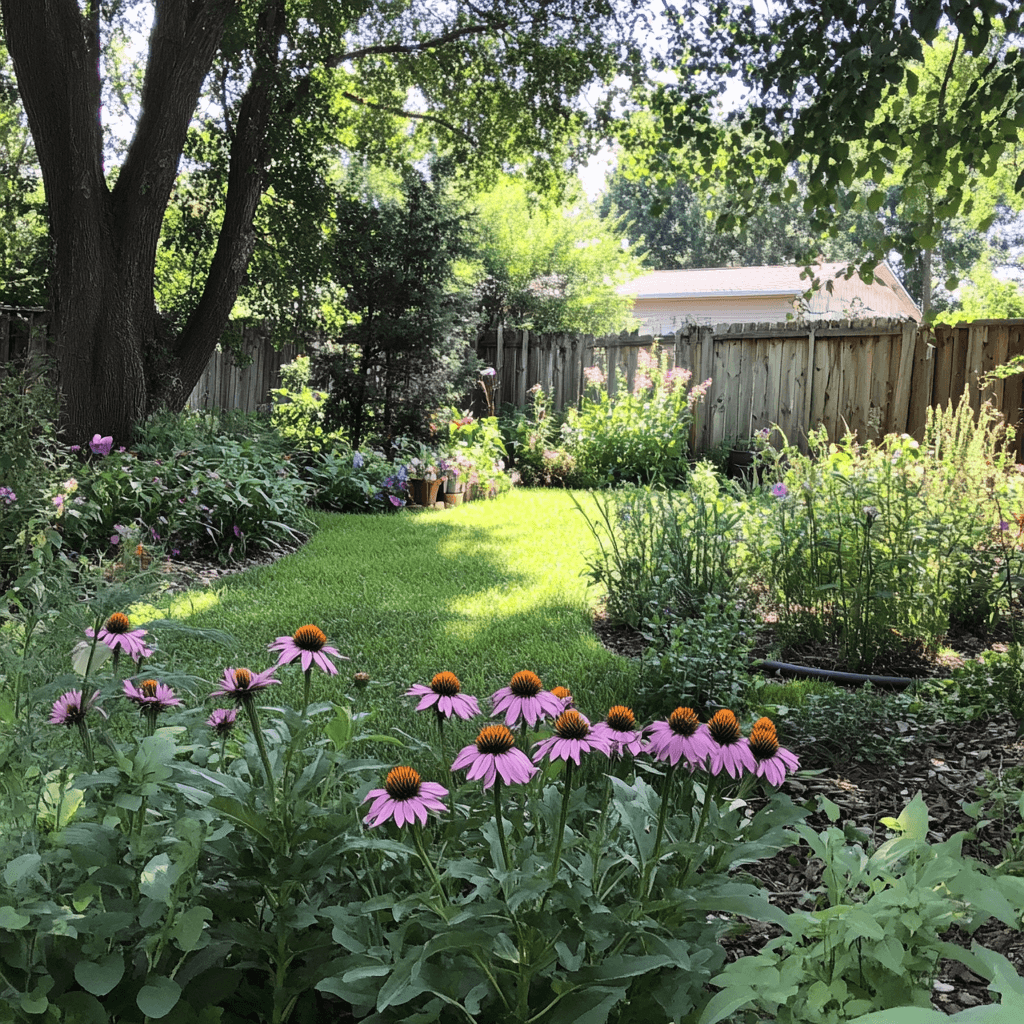
Coneflowers (Echinacea) have gone from prairie wildflowers to garden superstars, and for good reason.
Their distinctive raised centers surrounded by drooping petals come in purples, whites, oranges, and even lime green.
Prices pulled from the Amazon Product Advertising API on:
Product prices and availability are accurate as of the date/time indicated and are subject to change. Any price and availability information displayed on [relevant Amazon Site(s), as applicable] at the time of purchase will apply to the purchase of this product.
What makes them fantastic: These natives handle heat, drought, poor soil, and neglect with style. They attract butterflies and bees during summer blooming, then feed birds with their seedheads through winter.
Pro tip: Plant in full sun and well-drained soil. Once established, resist the urge to water them unless during extreme drought. The ‘Magnus’ and ‘PowWow Wild Berry’ varieties offer exceptional toughness.
3. Hostas: The Shade Garden Heroes
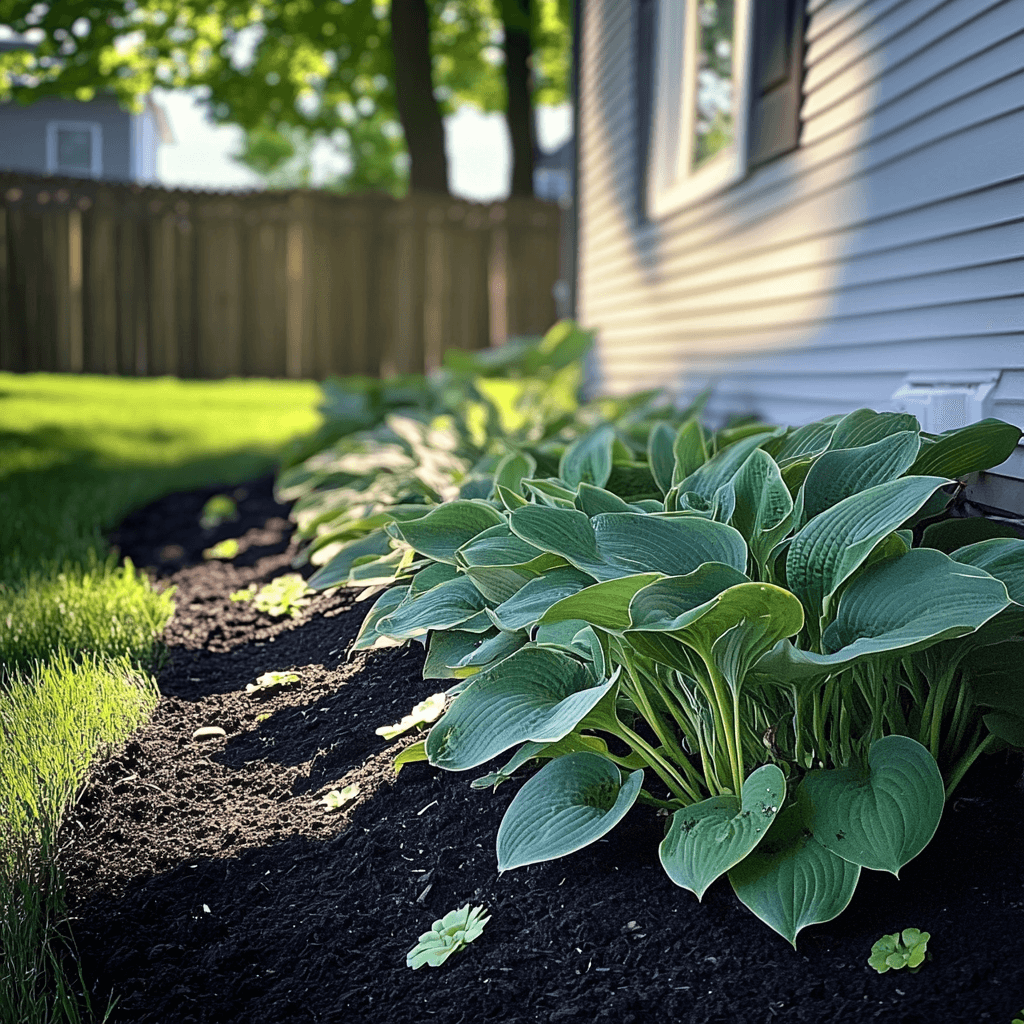
Hostas are foliage champions that come in endless variations of green, blue, gold, and variegated patterns.
What makes them fantastic: They thrive in spots where other plants struggle, particularly under trees and along north-facing walls. Most varieties need dividing only every 10 years or so.
Prices pulled from the Amazon Product Advertising API on:
Product prices and availability are accurate as of the date/time indicated and are subject to change. Any price and availability information displayed on [relevant Amazon Site(s), as applicable] at the time of purchase will apply to the purchase of this product.
Pro tip: The only real maintenance is slug patrol in spring. A single application of coffee grounds or diatomaceous earth around plants often solves the problem for the season.
4. Lavender: The Mediterranean Vacation in Plant Form
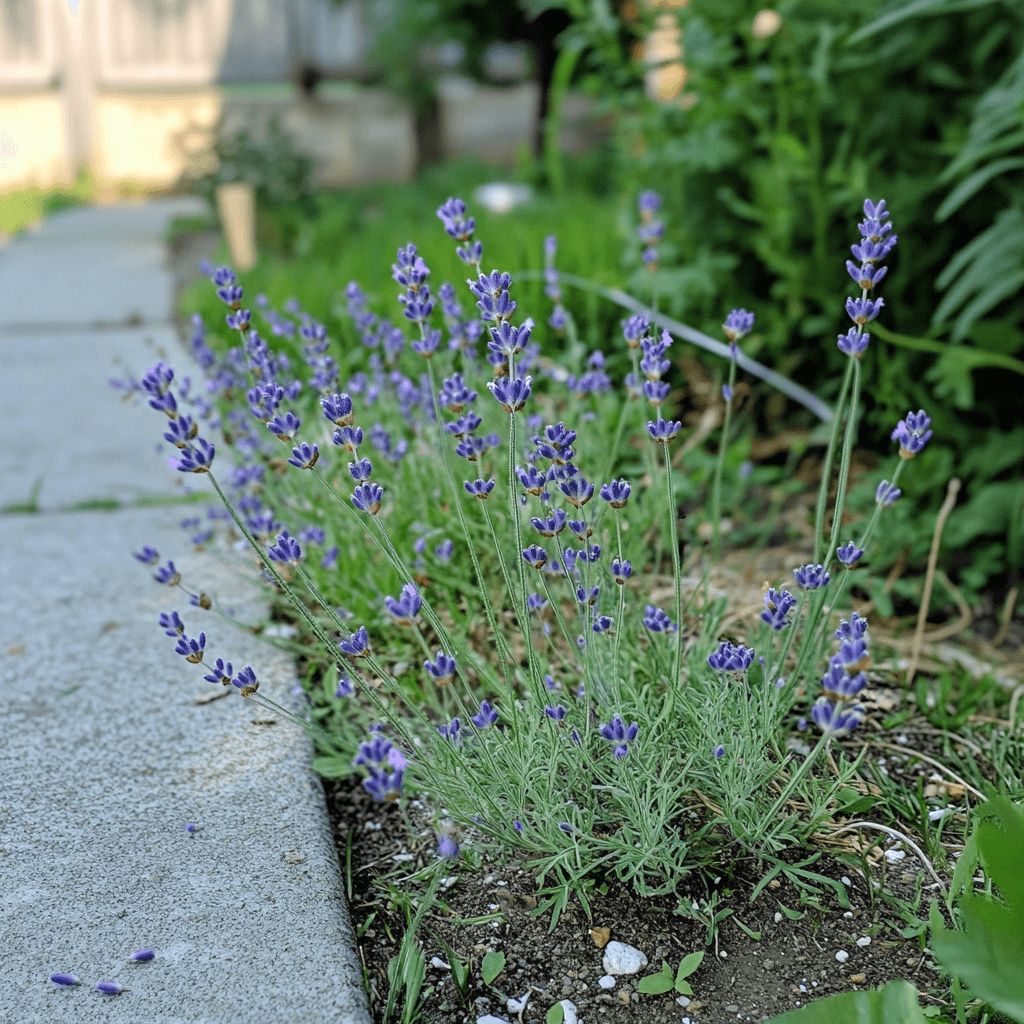
Few plants offer the triple threat of gorgeous blooms, heavenly fragrance, and textural foliage like lavender. Its silvery-green leaves and purple flower spikes bring instant cottage garden charm.
What makes them fantastic: Lavender thrives on neglect. Overwatering is its enemy, not underwatering. It handles poor soil with ease and actually performs better without fertilizer.
Pro tip: Plant in full sun with excellent drainage. Cut back by one-third after flowering to keep it compact. English lavenders (Lavandula angustifolia) are more cold-hardy for northern gardens.
5. Sedum: The Plant That Drinks Less Than a Cactus
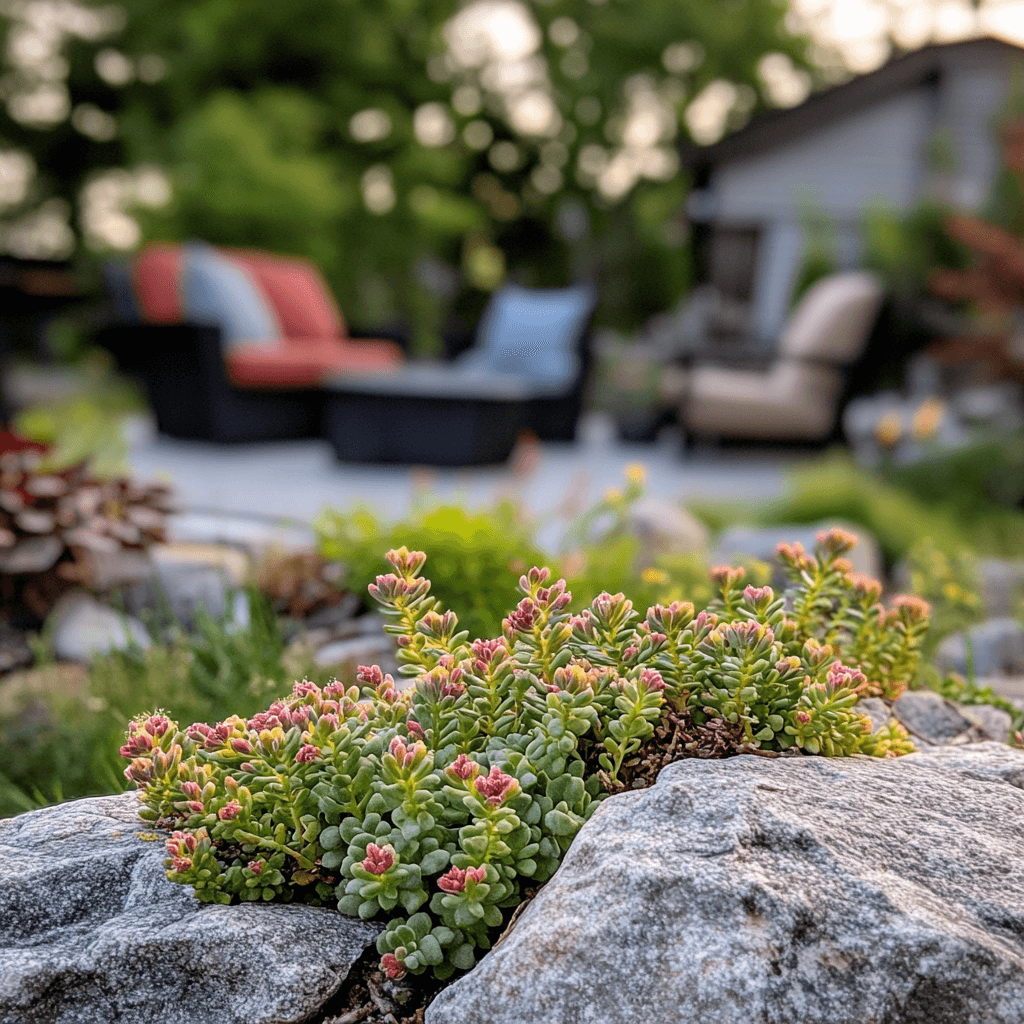
Sedums (now technically Hylotelephium) like ‘Autumn Joy’ bring structure and interest to gardens year-round. Their succulent leaves look fresh all summer, then their flat flower heads transition from pale pink to deep copper through fall.
Prices pulled from the Amazon Product Advertising API on:
Product prices and availability are accurate as of the date/time indicated and are subject to change. Any price and availability information displayed on [relevant Amazon Site(s), as applicable] at the time of purchase will apply to the purchase of this product.
What makes them fantastic: These succulents store water in their leaves, making them practically impossible to kill by neglect. They actually bloom better in poor soil with minimal water.
Pro tip: Plant in full sun and don’t water once established except in severe drought. For extra drama, the dark-leaved varieties like ‘Purple Emperor’ create striking contrast with lighter plants.
6. Russian Sage: The Drought-Defying Color Machine
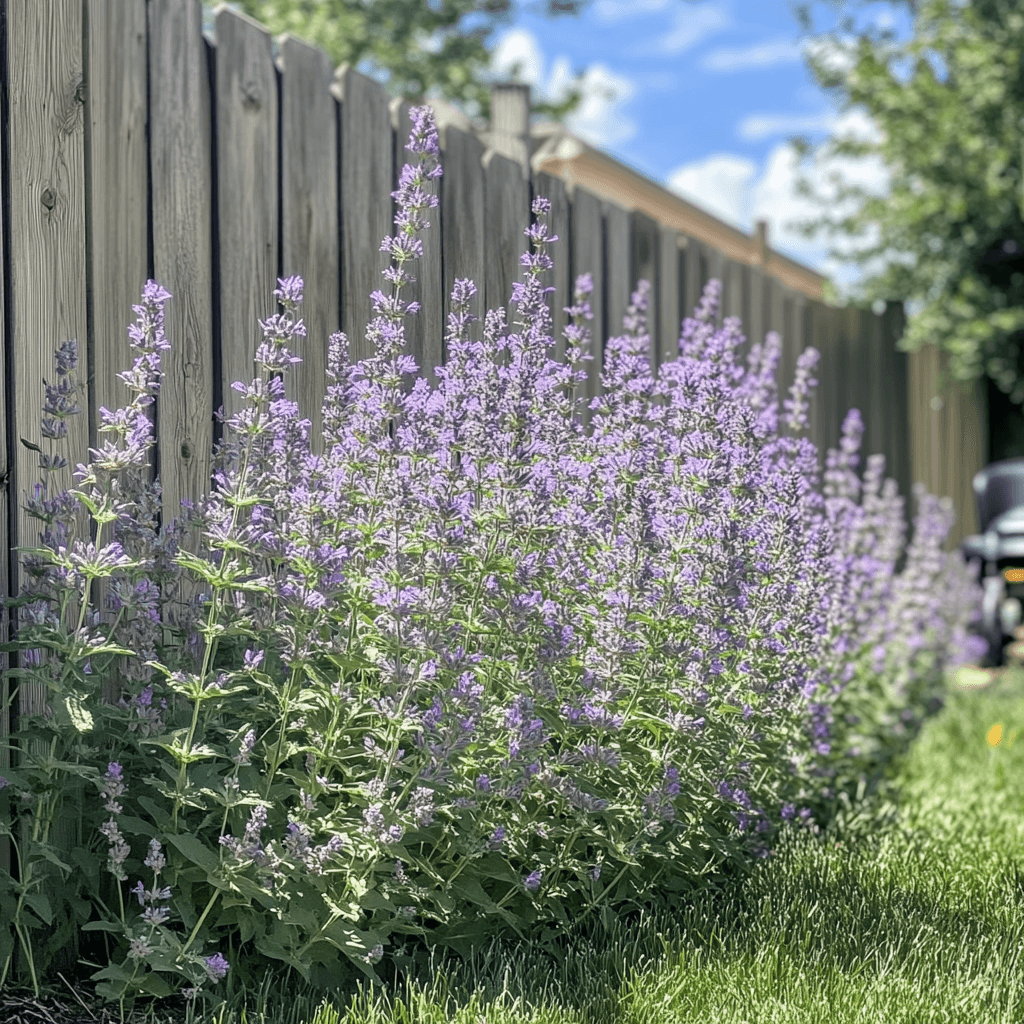
This perennial creates clouds of lavender-blue flowers on silver stems from midsummer until frost. At 3-4 feet tall, it adds height and movement to any garden.
What makes them fantastic: Once established, Russian sage shrugs off heat, drought, poor soil, and neglect. Deer and rabbits avoid it, thanks to its aromatic foliage.
Pro tip: Plant in full sun and well-drained soil, then walk away. The compact ‘Little Spire’ variety stays more upright if you don’t have space for the sprawling original.
7. Daylilies: The Nearly Indestructible Bloomers
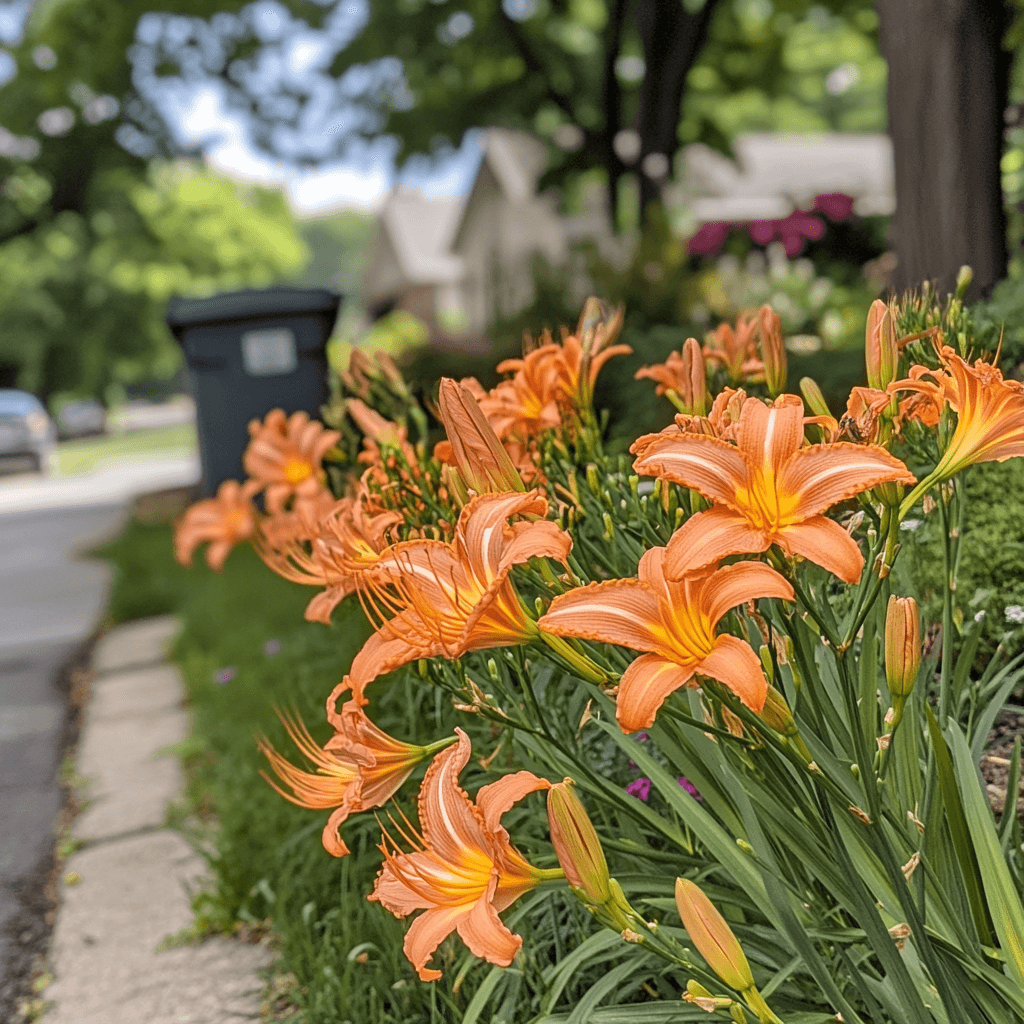
Daylilies have earned their reputation as the perfect perennial for busy gardeners. Each bloom lasts just a day (hence the name), but plants produce buds for weeks, creating a continuous show.
What makes them fantastic: They grow in almost any soil, tolerate partial shade to full sun, survive drought, and generally look good without any care whatsoever.
Prices pulled from the Amazon Product Advertising API on:
Product prices and availability are accurate as of the date/time indicated and are subject to change. Any price and availability information displayed on [relevant Amazon Site(s), as applicable] at the time of purchase will apply to the purchase of this product.
Pro tip: For truly hands-off gardening, stick with the tough original varieties like the orange ‘Hyperion’ or reblooming ‘Stella de Oro’ rather than some of the fussier new hybrids.
8. Ornamental Grasses: The Four-Season Wonders
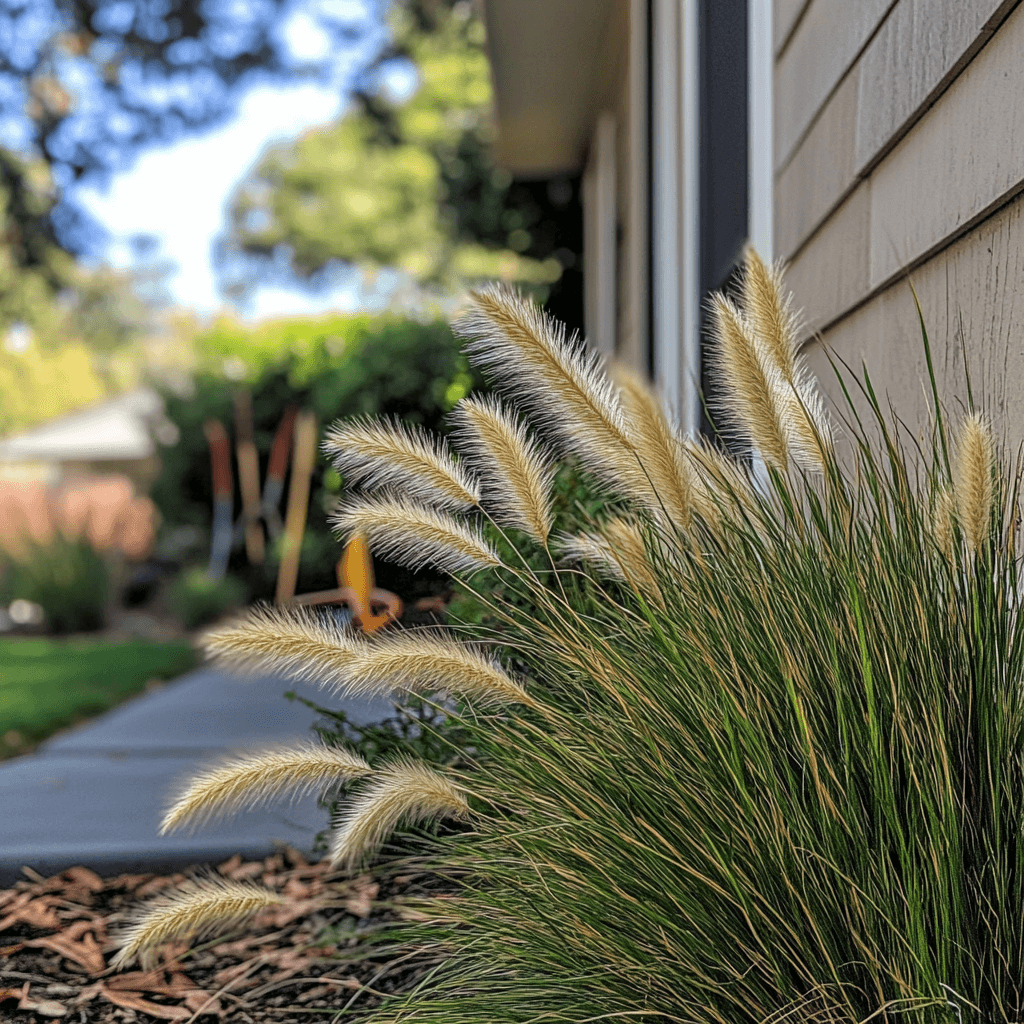
Ornamental grasses add movement, texture, and year-round interest to gardens. Varieties like feather reed grass, switchgrass, and maiden grass create vertical drama with minimal demands.
What makes them fantastic: Most need cutting back just once yearly (in late winter). They rarely need dividing, resist pests and diseases, and look beautiful even in winter.
Pro tip: Most prefer full sun but will tolerate partial shade. The only maintenance is cutting them down in late February or early March before new growth begins.
9. Coral Bells: The Colorful Ground Cover Champions
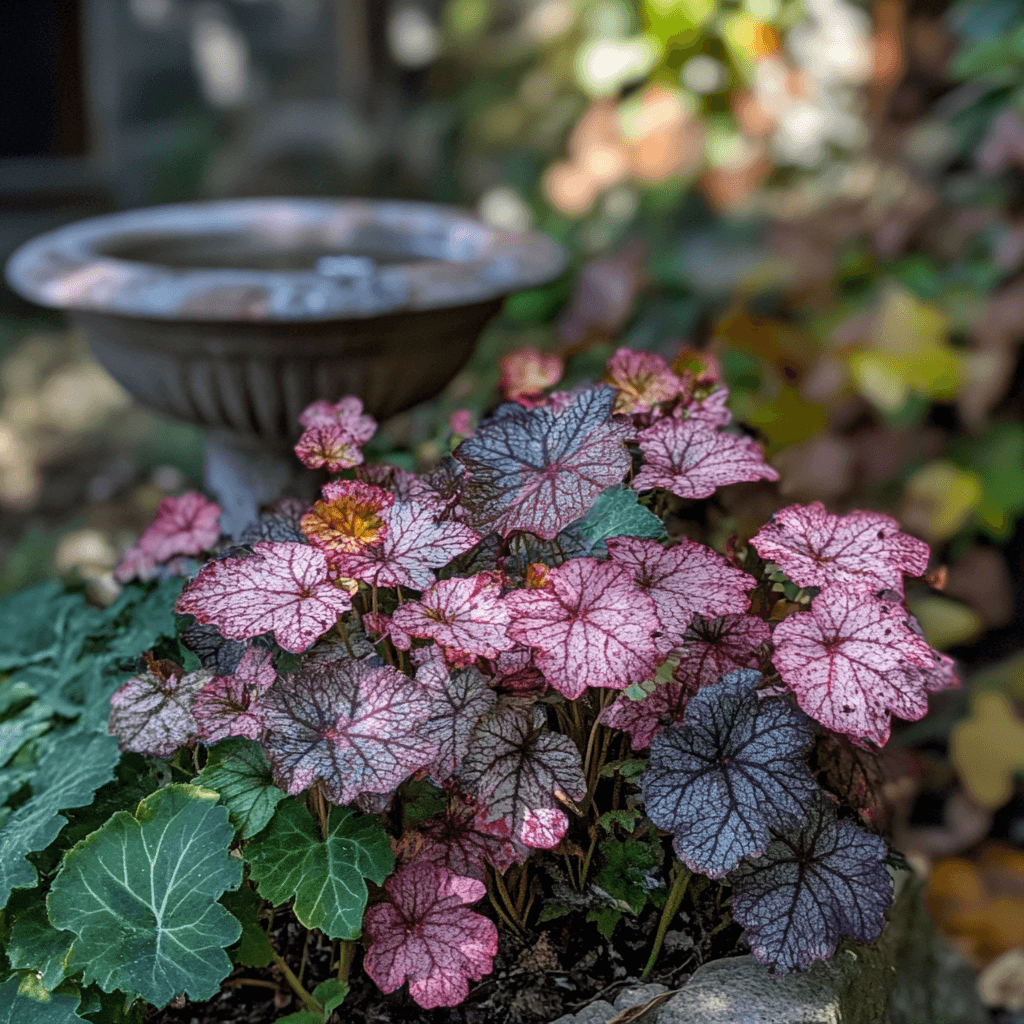
Heucheras (coral bells) have exploded in popularity thanks to their amazing foliage colors—from deep purple to caramel to silver to lime green. Their delicate flower stalks add vertical interest above the colorful leaves.
What makes them fantastic: They perform in part shade to full sun (depending on variety), form tidy mounds, and keep their color year-round in many climates.
Pro tip: Plant them where you can enjoy the foliage colors up close. ‘Palace Purple,’ ‘Caramel,’ and ‘Lime Rickey’ are particularly tough varieties that don’t need babying.
10. Peonies: The Century-Long Garden Investment
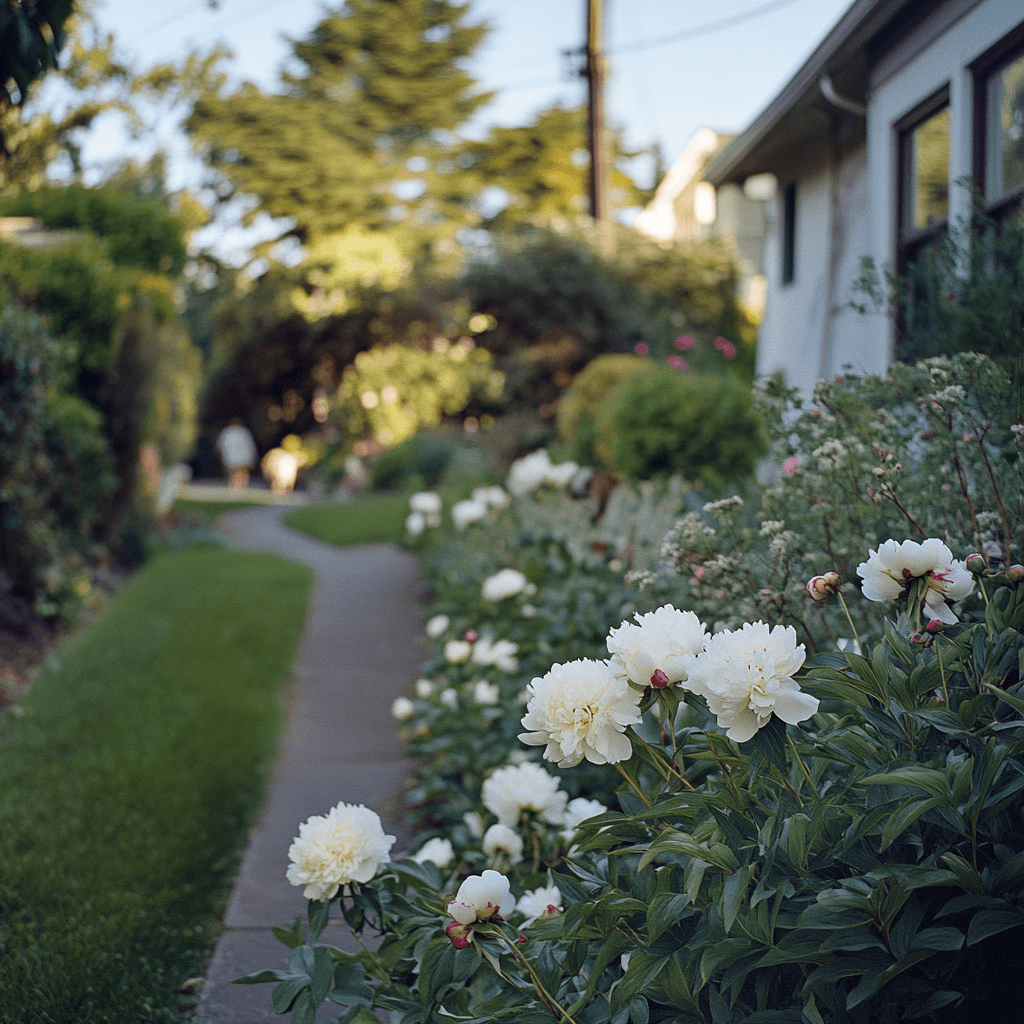
Peonies are the definition of low-maintenance luxury. Their massive, often fragrant blooms in late spring create a show like no other perennial, and plants commonly live for decades (even a century).
What makes them fantastic: Once established, they need almost zero maintenance beyond a simple support to keep heavy blooms from flopping. They’re incredibly long-lived and rarely need dividing.
Prices pulled from the Amazon Product Advertising API on:
Product prices and availability are accurate as of the date/time indicated and are subject to change. Any price and availability information displayed on [relevant Amazon Site(s), as applicable] at the time of purchase will apply to the purchase of this product.
Pro tip: Plant with the “eyes” (growth buds) no deeper than 2 inches below soil level in full sun. The initial investment of patience pays off—they’ll still be blooming when your grandkids have gardens of their own.
Plant these perennials, then get back to enjoying summer cookouts, family trips, or simply admiring your gorgeous garden from the comfort of your favorite patio chair. These plants have it covered!


